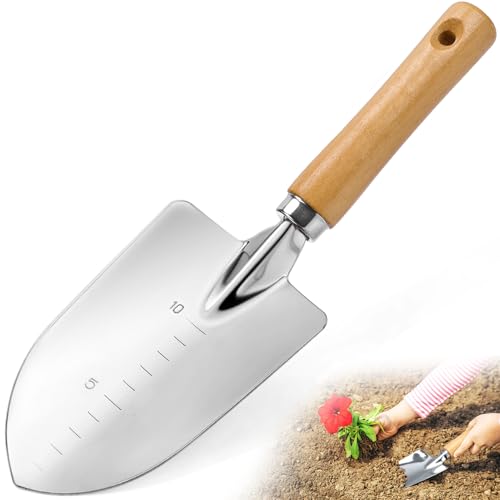A plastering trowel is a crucial tool used in the process of plastering surfaces
Plastering is a technique used to create smooth and even surfaces on walls and ceilings. It involves applying a layer of plaster to the surface and then using a plastering trowel to spread and smooth out the material. A plastering trowel is a handheld tool specifically designed for this purpose. It is made up of a flat, rectangular blade attached to a handle, allowing for precise control and maneuverability during the plastering process.
The different types of plastering trowels
Plastering trowels come in different shapes and sizes, each serving a specific purpose in the plastering process. The two main types of plastering trowels are the finishing trowel and the pointing trowel.
The finishing trowel
The finishing trowel is the most commonly used type of plastering trowel. It has a flat rectangular blade with rounded edges, allowing for smooth and even application of plaster. The size of the finishing trowel can vary, with larger trowels used for covering larger areas and smaller trowels used for more detailed or intricate work.
When using a finishing trowel, it is important to hold the handle firmly and apply even pressure as you move the trowel across the surface. This helps to ensure a consistent thickness and smooth finish. The rounded edges of the trowel also help to prevent any lines or marks from appearing on the surface.
The pointing trowel
The pointing trowel is a smaller, triangular-shaped trowel with a pointed tip. It is mainly used for applying plaster to hard-to-reach areas such as corners, edges, and small gaps. The pointed tip allows for more precise control and accuracy when working in these tight spaces.
How to choose the right plastering trowel
When choosing a plastering trowel, there are several factors to consider:
Size of the blade
The size of the blade will depend on the size of the surface you are working on. Larger blades are better suited for covering larger areas, while smaller blades are more suitable for detailed or intricate work.
Type of handle
The handle of the plastering trowel should be comfortable to hold and provide a good grip. There are various handle materials to choose from, such as wood, plastic, or rubber. It is important to choose a handle that feels comfortable and secure in your hand.
Blade material
The blade of the trowel can be made from stainless steel, carbon steel, or tempered steel. Stainless steel blades are more resistant to rust and corrosion, making them ideal for long-term use. Carbon steel blades are softer and more flexible, making them suitable for working with thicker plaster. Tempered steel blades offer a balance between durability and flexibility.
Price
The price of a plastering trowel can vary depending on the brand and quality. It is important to choose a trowel that fits within your budget, while still meeting your specific needs and requirements.
Maintaining and caring for a plastering trowel
To ensure the longevity of your plastering trowel and maintain its performance, proper care and maintenance are necessary. After each use, it is important to clean the trowel thoroughly to remove any residual plaster. This can be done by soaking the trowel in warm soapy water and using a brush to remove any stubborn plaster. After cleaning, it is important to dry the trowel completely to prevent rust or corrosion.
Additionally, it is important to store the trowel in a dry and well-ventilated area to prevent moisture buildup. Applying a thin layer of oil or rust inhibitor to the blade can also help to protect against rust and corrosion.
By choosing the right plastering trowel and taking proper care of it, you can ensure smooth and professional results in your plastering projects.






